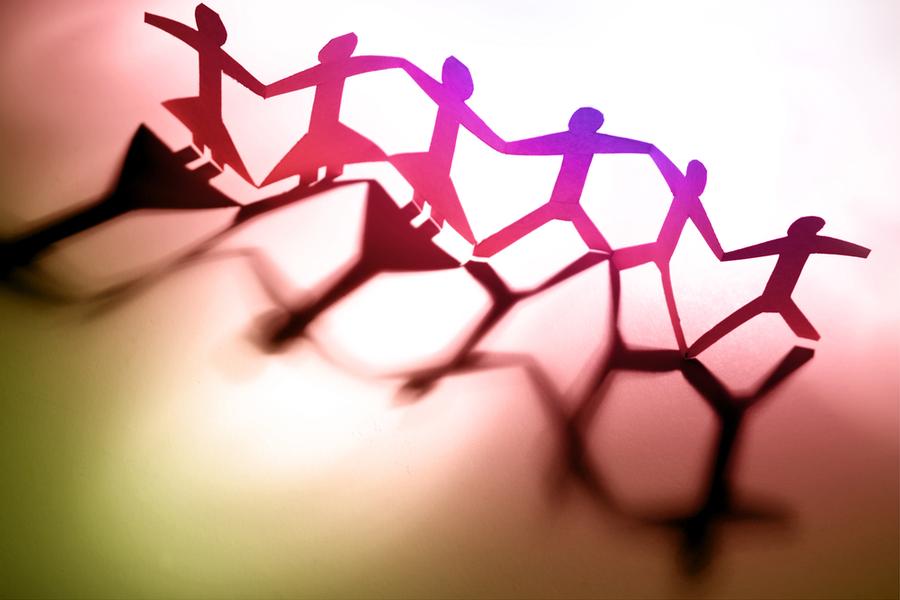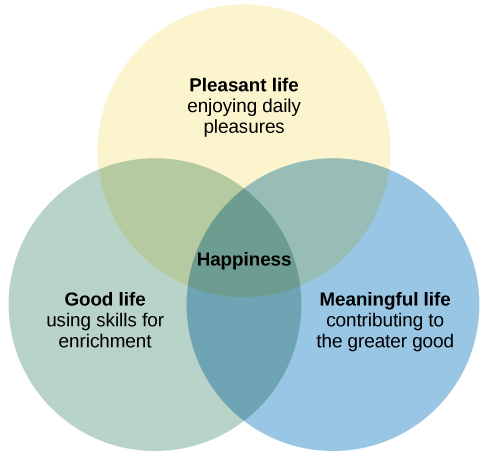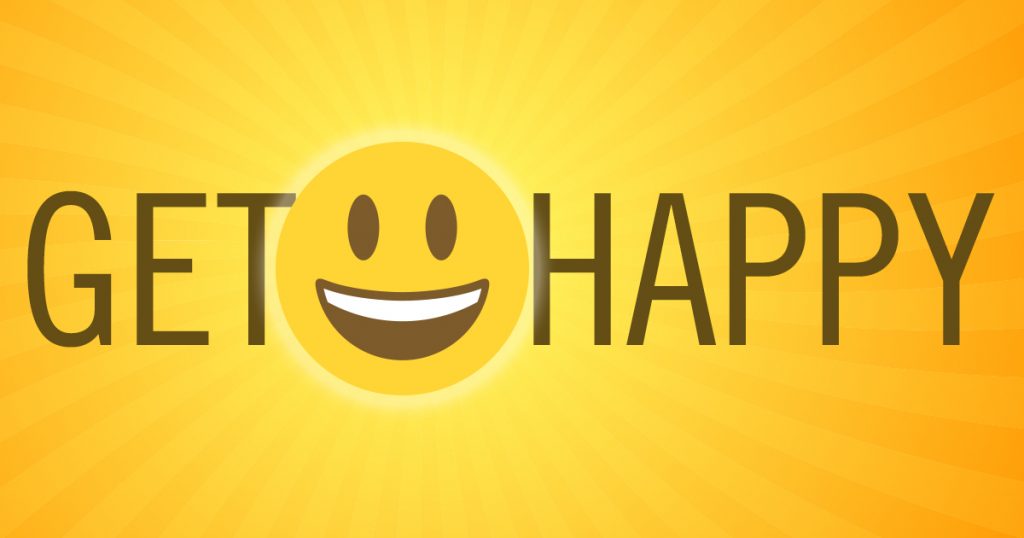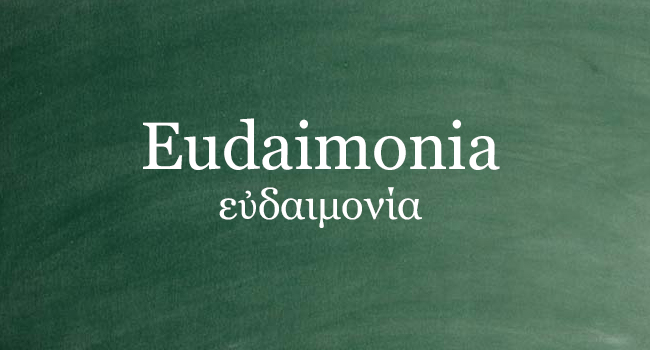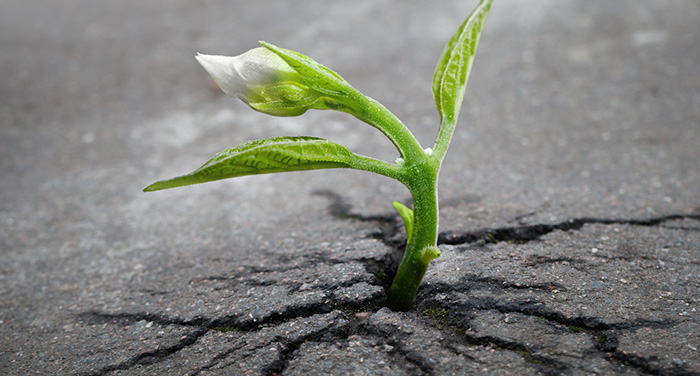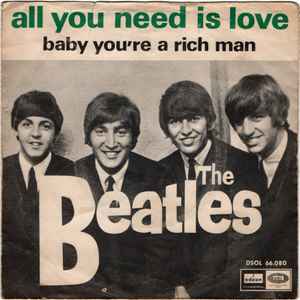In our search for happiness and its close cousins, well-being and life satisfaction, we’ve seen that it’s complex. In a previous post, we noted 20 research-based practices that lead to happiness. What’s the biggest contributor to happiness?
Relationships.
Happiness and Relationships
“No man is an island.”
-John Donne
Connecting with others gives us a sense of worth, meaning, and belonging. When we’re in close relationship with others, we’re more likely to receive support when we need it most. And to provide it when others need it.
According to many researchers, strong social relationships are the most important contributor to enduring happiness for most people. Those who are happiest generally devote a great amount of time to their family, friends, and colleagues. They nurture and enjoy those relationships.
In her book, The How of Happiness, professor Sonja Lyubomirsky writes:
“The centrality of social connections to our health and well-being cannot be overstated…. One of the strongest findings in the literature on happiness is that happy people have better relationships than do their less happy peers. It’s no surprise, then, that investing in social relationships is a potent strategy on the path to becoming happier…. Happier people are exceptionally good at their friendships, families, and intimate relationships…. people with strong social support are healthier and live longer.”
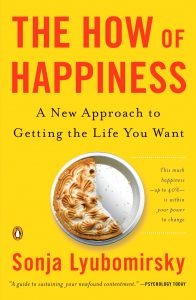
What’s going on here? Are people with close relationships happier? Or does being happy make us more likely to have close relationships with lovers, family, friends, and colleagues?
Both, it turns out. “The causal relationship between social relationships and happiness is clearly bidirectional,” Lyubomirsky writes. “If you begin today to improve and cultivate your relationships, you will reap the gift of positive emotions. In turn, the enhanced feelings of happiness will help you attract more and higher-quality relationships, which will make you even happier… a continuous positive feedback loop… an upward spiral.”
There’s more: social relationships give us a positive experience in the moment, but they can also strengthen and deepen relationships over time. That further increases our happiness and sense of life satisfaction.
The Happiness of a Lifetime
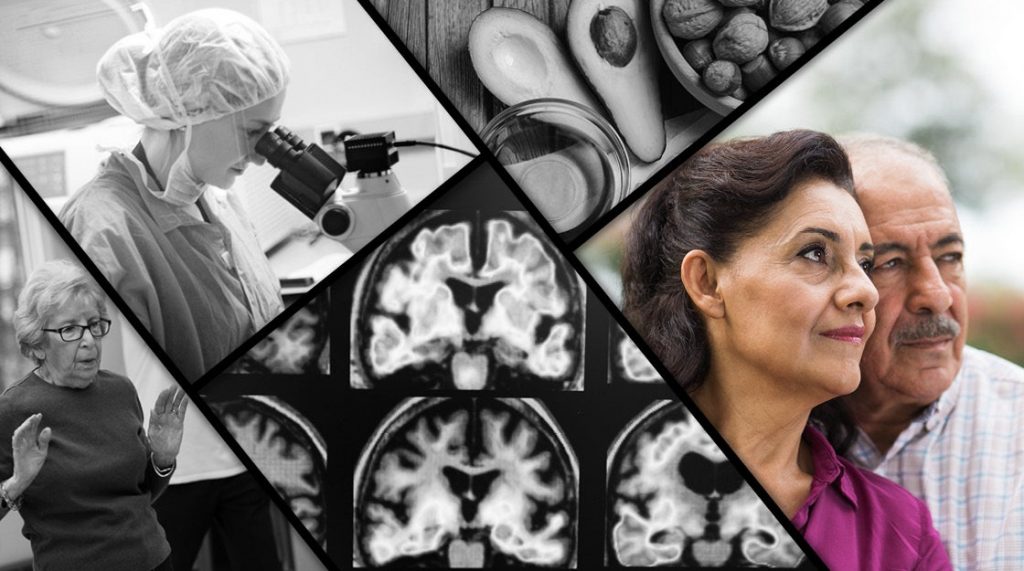
A remarkable collection of studies of mental and physical well-being has been going on for many decades. These studies track people over their entire adult lives. The Study of Adult Development at Harvard Medical School is a longitudinal study—started more than 80 years ago—of 268 physically and mentally healthy Harvard college sophomores from the classes of 1939–1944. It has run in tandem with a study called the Glueck Study, which included a second cohort of 456 disadvantaged inner-city youths who grew up in Boston neighborhoods between 1940 and 1945.
Writing about the Harvard Study of Adult Development in The Atlantic, Joshua Wolf Shenk reported, “The project is one of the longest-running—and probably the most exhaustive—longitudinal studies of mental and physical well-being in history,” including interviews, questionnaires, medical exams, and psychological tests.
The studies included evaluations at least every two years by questionnaires, information from their doctors, and in many cases personal interviews. Researchers gather information about their mental and physical health, marital quality, career enjoyment, retirement experience, and more. The study and its results are described in several books by George Vaillant (a psychiatrist and professor who led the study for decades).
What were the main findings? That the people who were happiest and healthier reported strong interpersonal relationships. When asked what he learned from the study, Vaillant wrote:
“Warmth of relationships throughout life have the greatest positive impact on ‘life satisfaction.’… (We now have) “70 years of evidence that our relationships with other people… matter more than anything else in the world…. Happiness is love. Full stop.”
Learning from the Happiest People
In another study, researchers sought to identify the characteristics of the happiest 10 percent of people among us. This was the first-ever study of the behavioral and personality correlates of high happiness in people. What did they find? Wealth? Beauty? Fame? Health?
No, the main distinguishing characteristic of the happiest 10 percent was the strength of their social relationships. The findings:
“The very happy group differed substantially from the average and the very unhappy groups in their fulsome and satisfying interpersonal lives. The very happy group spent the least time alone and the most time socializing, and was rated highest on good relationships…. All members of the very happy group reported good-quality social relationships…. Our findings suggest that very happy people have rich and satisfying social relationships and spend little time alone relative to average people….
We do not know if rich social lives caused happiness, or if happiness caused rich social lives, or if both were caused by some third variable…. Social relationships form a necessary but not sufficient condition for high happiness—that is, they do not guarantee high happiness, but it does not appear to occur without them…. there appears to be no single key to high happiness that automatically produces this state…. High happiness seems to be like beautiful symphonic music—necessitating many instruments, without any one being sufficient for the beautiful quality.”
More Evidence about Happiness and Relationships
In his book, The Happiness Curve, award-winning journalist Jonathan Rauch wrote:
“Here’s the most fundamental finding of happiness economics: the factors that most determine our happiness are social, not material…. social connectedness is the most important of all the variables which contribute to a sense of wellbeing in life…. The truest form of wealth is social, not material.”
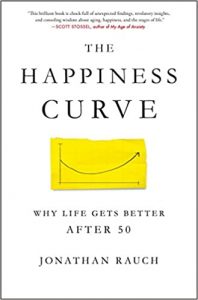
The finding that happiness is sweeter when shared isn’t only known by researchers. Many of us have an intuitive sense of this. According to a Charles Schwab 2020 survey of 1,000 Americans aged 21 to 75, Americans indicated that relationships are the most important factor for their overall happiness. According to the survey, 39% of respondents ranked relationships as the top driver of overall happiness, compared to 27% reporting health, 17% saying money, 14% saying lifestyle, and 3% saying career.
This makes sense from a biological perspective. Most scientists who study happiness agree that there’s an evolutionary basis for our desire to form and preserve social connections. Social bonds, of course, help us survive and reproduce.
“…like food and air, we seem to need social relationships to thrive.”
-Ed Diener and Robert Biswas-Diener
Happiness and Relationships during the Pandemic
Given that we’re now about two years into a global pandemic that has resulted in lockdowns, social distancing, and tectonic changes to our lives at home and work, what do we know about happiness and relationships during the time of covid-19?
The World Happiness Report 2021 included a chapter on “Social Connection and Well-Being during COVID-19,” by Karynna Okabe-Miyamoto and Sonja Lyubomirsky. Highlights from that chapter:
- “over a century of research has proven how crucial social connection is for well-being.”
- “…social factors and social behaviors—including the quality and quantity of people’s social relationships—have also been shown to protect well-being during the pandemic.”
- a 2020 survey in Austria found that those who had larger social networks (more social connections) reported less worry and stress during the pandemic lockdown.
- the greater perceived threat of the covid-19 virus was linked to greater everyday acts of kindness in response.
- a 2000 U.K. study of more than 50,000 adults found that having poor social support was associated with severe depressive symptoms.
According to this research, protective factors for psychological well-being included: feelings of connectedness, quality of relationships, positivity resonance (shared feelings of positivity and caring for one another), quantity of relationships, and prosocial (helping) behaviors such as volunteering and charitable giving.
“Happiness is a perfume you cannot pour on others without getting a few drops on yourself.”
-Ralph Waldo Emerson
On the flip side, risk factors for distress and unhappiness included: engaging in distancing, loneliness, poor social support, and abuse.
Social Support at Work
Since work comprises a large portion of our waking hours for many of us, what do we know about work and relationships?
In his book, The Happiness Advantage, author and researcher Shawn Achor calls social support “your single greatest asset.” He points to research on more than a thousand highly successful professional people who were interviewed as they approached retirement.
When asked what motivated them the most throughout their careers, the top response was work friendships—above the responses about financial gain and individual status.
The Problem with a Lack of Social Connections
A lack of social connections is harmful to our health, can lead to depression, and can be just as deadly as certain diseases, according to researchers. Also, social support has as big an effect on life expectancy as things like smoking, obesity, high blood pressure, and regular physical activity.
And as we look back on our lives, we may come to regret not honoring and valuing our relationships. Three of the top 5 “regrets of the dying” that Australian palliative nurse Bronnie Ware famously identified in her work with people in the final weeks and months of their lives are directly related to social connections:
Regret #2. “I wish I hadn’t worked so hard.
This came from every male patient that I nursed. They missed their children’s youth and their partner’s companionship. Women also spoke of this regret…. All of the men I nursed deeply regretted spending so much of their lives on the treadmill of a work existence.”
Regret #3. “I wish I’d had the courage to express my feelings.
Many people suppressed their feelings in order to keep peace with others…. Many developed illnesses relating to the bitterness and resentment they carried as a result.”
Regret #4. “I wish I had stayed in touch with my friends.
Often they would not truly realise the full benefits of old friends until their dying weeks and it was not always possible to track them down. Many had become so caught up in their own lives that they had let golden friendships slip by over the years. There were many deep regrets about not giving friendships the time and effort that they deserved. Everyone misses their friends when they are dying…. It all comes down to love and relationships in the end. That is all that remains in the final weeks, love and relationships.”
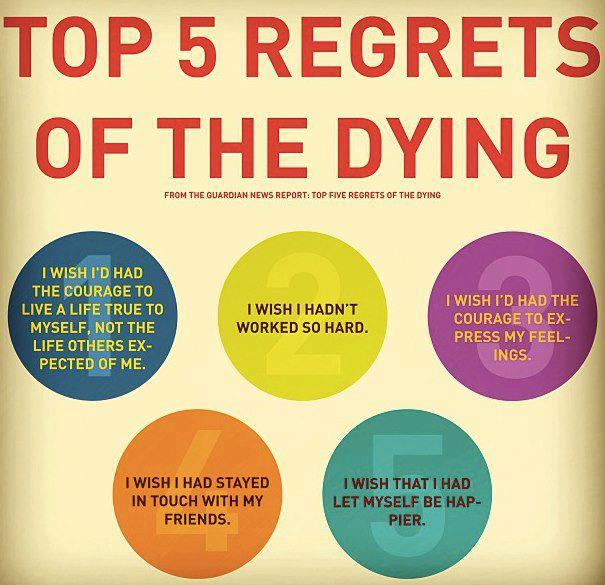
“…there is much more to life than your career…. In my experience, high-achievers focus a great deal on becoming the person they want to be at work—and far too little on the person they want to be at home. Investing our time and energy in raising wonderful children or deepening our love with our spouse often doesn’t return clear evidence of success for many years. What this leads to is over-investing in our careers, and under-investing in our families—starving one of the most important parts of our life.” -Clayton Christensen, How Will You Measure Your Life?
We should also recognize that close relationships can also be a source of great pain in our lives. Pain from hurtful encounters. From broken trust. Pain from disappointment, and from loss.
Sometimes the pain is redeemable and can be folded back into love. Other times not.
But still relationships are a powerful source of meaning, growth, and love for us.
The Problem of Loneliness
Loneliness is a big problem these days—and not just in our time of social distancing and remote work.
According to a Guardian article, about 20% of people report that loneliness is a “major source of unhappiness in their lives,” and about a third of Americans 45 and older report being lonely.
The problem is aggravated by workaholism and the increasing prevalence of screen time in our lives, from streaming services to email and social media. The evidence is disturbing. Average daily digital content consumption is now just under seven hours (six hours and 59 minutes), according to a recent Forbes report.
Actions for Nurturing Our Relationships
Since relationships are so important, and since loneliness is such a big problem, we’re wise to reflect on what we can do to nurture our relationships at home and work. Here’s a punch list:
- Making time for relationships and investing in them. Avoiding the traps of perpetual busyness or workaholism that pull us away from family and friends.
- Being vulnerable and sharing our inner life, including our hopes and fears, with close family and friends we trust.
- Showing support for our family, friends, and colleagues during their times of need.
- Being loyal to them.
- Expressing support and positive emotions, including appreciation, affection, and admiration.
- Celebrating good news with family, friends, and colleagues.
- Managing conflict appropriately, including raising important concerns or disagreements (instead of letting them fester) while handling them appropriately (i.e., with empathy, genuine interest in their perspective, and avoiding triggers like contempt and stonewalling).
- Sharing physical affection, including hugs and pats on the back.
Life and work are all about relationships.
Are you doing enough to maintain your close connections with the people you love, care about, and work with?
What’s the biggest contributor to happiness for you?
Tools for You
- Traps Test (Common Traps of Living) to help you identify what’s getting in the way of your happiness and quality of life
- Quality of Life Assessment to help you discover your strongest areas and the areas that need work and then act accordingly
- Personal Values Exercise to help you clarify what’s most important to you
- Crafting Your Life & Work online course to help you design your next chapter and create a life you love.
Related Articles
- Why Happiness Is the Wrong Goal
- What Leads to Happiness
- The Most Common Myths about Happiness
- The Surprising Relationship between Success and Happiness
- Why Is Happiness So Elusive?
- The Power of Relationships in Our Lives
- A Quick Relationship Checkup
- A Quick Family Relationship Checkup
- Check in on Your Friendships: A Quick Checkup
- The People Who Fuel Your Passions
Postscript: Quotations on Relationships and Happiness
- “We cultivate love when we allow our most vulnerable and powerful selves to be deeply seen and known, and when we honor the spiritual connection that grows from that offering with trust, respect, kindness, and affection.” -Brene Brown
- “You can spend a lifetime being curious about the inner world of your partner, and being brave enough to share your own inner world, and never be done discovering all there is to know about each other. It’s exciting.” -John Gottman
- “If I had written the greatest book, composed the greatest symphony, painted the most beautiful painting or carved the most exquisite figure I could not have felt the more exalted creator than I did when they placed my child in my arms.” -Dorothy Day
- “Imagine life as a game in which you are juggling five balls… work, family, health, friends, and spirit. Work is a rubber ball. If you drop it, it will bounce back. But the other four balls are made of glass. If you drop one of these, they will never be the same.” -Brian Dyson
- “Well, what are you? What is it about you that you have always known as yourself? What are you conscious of in yourself: your kidneys, your liver, your blood vessels? No. However far you go in your memory it is always some external manifestation of yourself where you came across your identity: in the work of your hands, your family, in other people. And now, listen carefully. You in others—this is what you are, this is what your consciousness has breathed, and lived on, and enjoyed throughout your life, your soul, your immortality—your life in others.” -Boris Pasternak (Doctor Zhivago)
- “I’ve had a wonderful and successful career. But next to my family, it really hasn’t mattered at all.” -Lee Iacocca
- “The home is the ultimate career. All other careers exist to support the ultimate career.” -C.S. Lewis
- “A man travels the world over in search of what he needs, and returns home to find it.” -George Moore
- “Family is a way of holding hands with forever.” -Noah benShea
- “Invest in friends. There is no other instrument that pays such high returns…. We need each other, but perversely we neglect each other. Every day we have an opportunity to exercise friendship, to make huge returns on a tiny investment, but foolishly we relapse into sleep and forgetting. Please take my advice to heart—forget bonds, forget stocks, forget gold—invest in friendship.” -Ronald Gottesman
- “The worst solitude is to be destitute of sincere friendship.” -Sir Francis Bacon
- “A Friend may well be reckoned the masterpiece of Nature.” -Ralph Waldo Emerson
- “The better part of one’s life consists of his friendships.” -Abraham Lincoln
- “Some friends leave footprints in your heart.” Eleanor Roosevelt
- “A society of genuine loving friends, set free from the self-seeking struggle for personal prestige and from all unreality, would be something unutterably priceless and powerful. A wise person would travel any distance to join it.” -Elton Trueblood
- “You can’t stay in your corner of the Forest waiting for others to come to you. You have to go to them sometimes.” -Winnie the Pooh
- “Research has shown that among the benefits that come with being in a relationship or a group, a sense of belonging clocks in as the most important driver of meaning.” -Emily Esfahani Smith, in The Power of Meaning: Crafting a Life that Matters
++++++++++++++++++++++++++++++
Gregg Vanourek is a writer, teacher, TEDx speaker, and coach on personal development and leadership. He is co-author of three books, including LIFE Entrepreneurs: Ordinary People Creating Extraordinary Lives (a manifesto for living with purpose and passion) and Triple Crown Leadership: Building Excellent, Ethical, and Enduring Organizations (a winner of the International Book Awards). Check out his Crafting Your Life & Work online course or get his monthly newsletter. If you found value in this article, please forward it to a friend. Every little bit helps!

